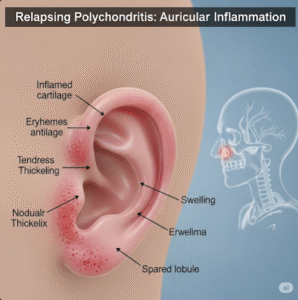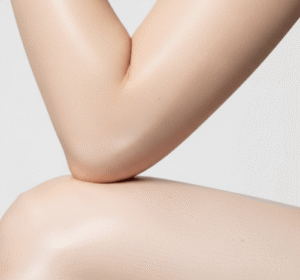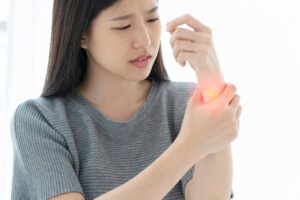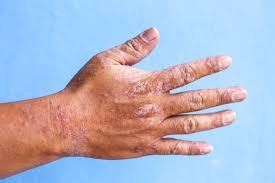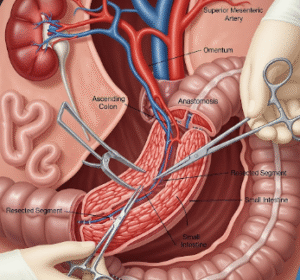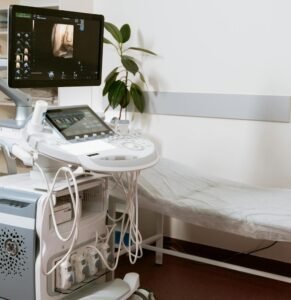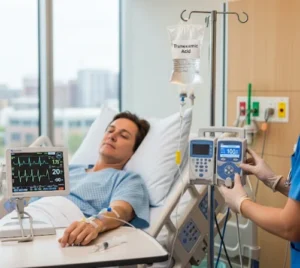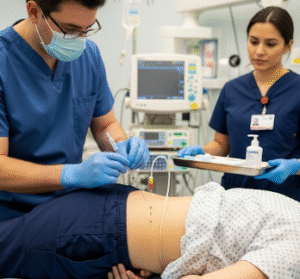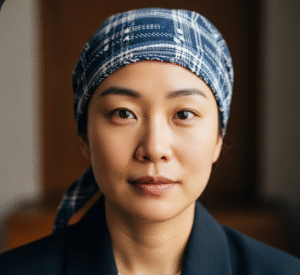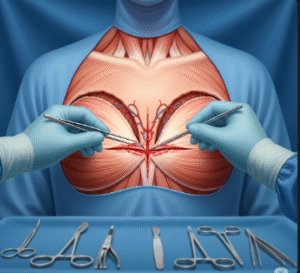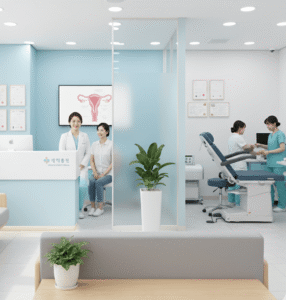What it is
Vulvodynia is a chronic pain condition that affects the vulva (external female genital area), lasting for three months or longer without a clear identifiable cause. The pain may be burning, stinging, rawness, or irritation and can be constant or triggered by touch, pressure, or intercourse.
Key points about vulvodynia:
• Pain can occur in specific spots (localized) or across the entire vulva (generalized)
• It often interferes with daily life, sexual activity, and emotional well-being
• Symptoms may flare up randomly or during activities such as sitting, exercise, or intimacy
• The exact cause is unclear but may involve nerve dysfunction, hormonal changes, past infections, or pelvic floor disorders
In Korea, vulvodynia management is provided through gynecology clinics, pain management centers, and specialized pelvic floor therapy programs.
Why it’s done
Managing vulvodynia is important because untreated pain can significantly affect a woman’s physical health, emotional stability, and intimate relationships.
Reasons for seeking treatment:
→ Reduces or eliminates chronic pain for improved quality of life
→ Restores comfort during daily activities and intimacy
→ Addresses associated issues like depression, anxiety, or low libido
→ Prevents worsening of pelvic floor dysfunction or sexual avoidance
→ Provides emotional reassurance and long-term support
In Korea, vulvodynia management is approached with a multidisciplinary strategy, ensuring both physical and psychological care.
Alternatives
Since vulvodynia has complex causes, some women explore alternative or complementary options to support conventional treatments.
Alternative approaches include:
• Stress reduction through yoga, meditation, or mindfulness
• Acupuncture or traditional Korean medicine for pain management
• Cooling compresses or sitz baths for temporary relief
• Dietary adjustments (reducing inflammatory foods, increasing omega-3 intake)
• Support groups or online communities for emotional coping
Note: These alternatives may ease symptoms but should not replace medical treatment, especially when pain is persistent.
Preparation
Proper preparation helps doctors identify possible triggers and design an effective treatment plan.
How to prepare before consultation:
→ Keep a diary of pain patterns (timing, triggers, intensity)
→ Note any past infections, gynecological surgeries, or trauma
→ List all medications and supplements currently in use
→ Be ready to discuss sexual health, lifestyle habits, and emotional stressors
→ Wear comfortable clothing to appointments for easier examinations
In Korea, clinics often provide confidential and empathetic consultations, allowing women to discuss their symptoms without stigma.
How it’s done
Vulvodynia management in Korea involves a step-by-step approach, combining medical, physical, and psychological therapies.
Common treatment methods include:
• Medical therapies:
→ Local anesthetic creams or ointments to reduce burning sensations
→ Antidepressants or anticonvulsants in low doses to calm nerve pain
→ Hormone creams (estrogen or testosterone) for tissue health in certain cases
→ Injections (nerve blocks or Botox) for severe localized pain
• Physical therapies:
→ Pelvic floor physiotherapy to release tight muscles and reduce pain triggers
→ Biofeedback therapy to improve muscle control and relaxation
→ Vaginal dilator therapy for gradual desensitization
• Advanced procedures:
→ Laser therapy or radiofrequency for tissue healing and sensitivity reduction
→ Surgery (vestibulectomy) in very rare, resistant cases
• Psychological and supportive care:
→ Cognitive-behavioral therapy (CBT) to manage pain perception and anxiety
→ Sex therapy and couples counseling to rebuild confidence and intimacy
→ Stress management and relaxation programs integrated into treatment
In Korea, many clinics use multidisciplinary teams—gynecologists, physiotherapists, and psychologists—to create personalized management plans.
Recovery
Recovery from vulvodynia management is gradual, requiring patience and consistent care.
Recovery tips:
→ Follow prescribed medications and therapies regularly
→ Avoid tight clothing, scented products, or irritants in the genital area
→ Use lubricants and moisturizers if dryness contributes to pain
→ Practice relaxation techniques such as pelvic breathing and yoga
→ Attend follow-up appointments for progress tracking and treatment adjustments
In Korea, women often receive ongoing support programs combining medical check-ups with counseling and pelvic therapy, ensuring long-term relief.
Treatment options in Korea
South Korea offers comprehensive care for vulvodynia through specialized centers. Treatments are patient-centered, integrating Western medical approaches with supportive therapies.
Options include:
• University hospitals – best for severe or complex cases requiring multidisciplinary teams
• Private women’s clinics – discreet and personalized care with advanced therapies
• Pelvic floor therapy centers – focused rehabilitation programs for muscle-related pain
• Sexual health and wellness centers – offering combined medical and counseling services
Highlights of vulvodynia management in Korea:
→ Multidisciplinary approach with gynecologists, therapists, and pain specialists
→ Access to advanced therapies such as laser, RF, and Botox injections
→ Government-regulated safety and quality standards for medical care
→ Holistic programs addressing both physical and emotional well-being
→ Multilingual support for international patients in major hospitals and clinics
Final Note:
Vulvodynia management in Korea is not limited to pain relief—it focuses on comprehensive healing, restoring both comfort and confidence. With advanced medical treatments, supportive counseling, and specialized physiotherapy, Korean healthcare offers women a safe and effective path to regain control of their lives and intimate health.


